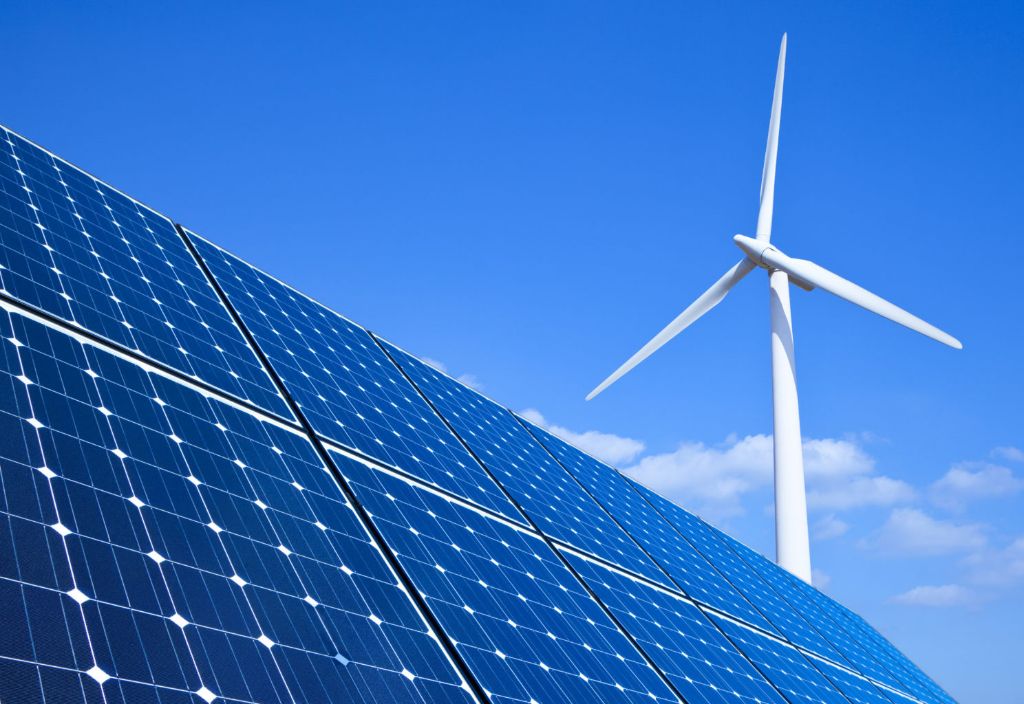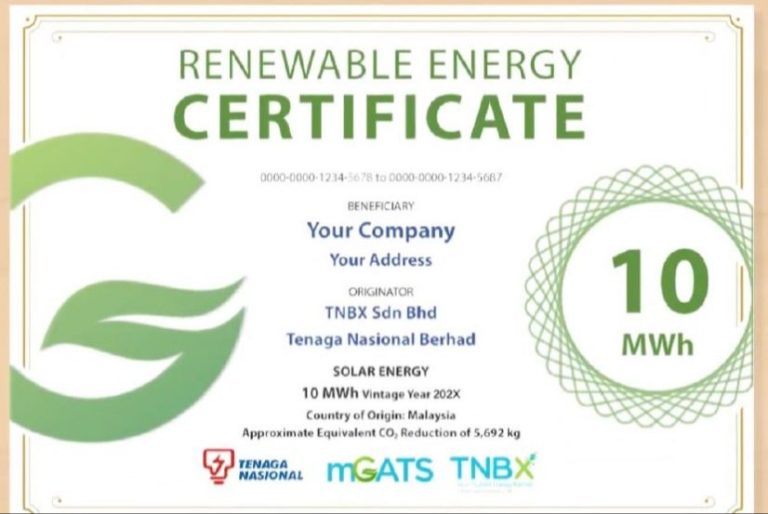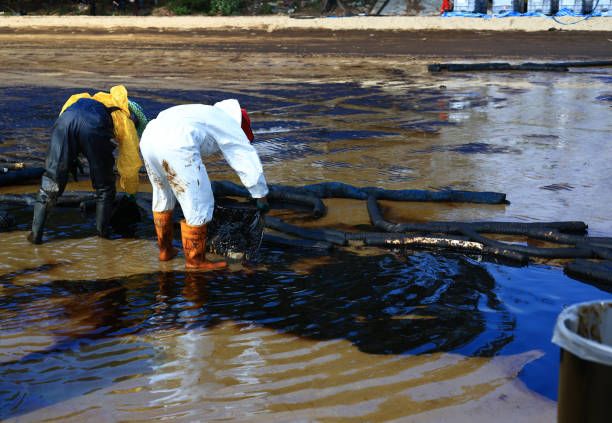How Energy Is Generated?
Energy is the ability to do work and cause change. Some forms of energy can do work instantly, while others require a process to release their energy. Energy comes in many different forms and can be transformed from one form to another. Access to energy is absolutely fundamental for the functioning of modern societies.
Energy is essential to life. All living organisms require energy to grow, reproduce, and survive. Human civilizations have progressed by harnessing various forms of energy for purposes like cooking, heating, lighting, transportation, and entertainment. Energy makes our lives comfortable, productive and enjoyable.
The two main types of energy are renewable and nonrenewable. Renewable energy comes from sources that are naturally replenished like sunlight, wind, water, plants, and geothermal heat. Nonrenewable energy comes from sources that cannot be easily replenished like fossil fuels and nuclear energy.
Most of the world’s energy comes from nonrenewable sources like coal, natural gas, oil, and nuclear. But there is growing interest in renewable energy options as concerns about climate change and dependence on foreign energy sources grow. This article will provide an overview of how different energy sources work to generate the power that runs the world.
Fossil Fuels
Fossil fuels like coal, oil and natural gas are the world’s primary energy sources today. They formed underground from the remains of plants and animals that lived millions of years ago. We dig up fossil fuels and burn them to generate electricity, power vehicles, heat buildings and make products.
Coal is a combustible black or brownish rock formed from compressed plant matter that lived 300-400 million years ago. Coal contains carbon, hydrogen, oxygen, nitrogen and varying amounts of sulfur and other components. Coal is mined from under the ground and either burned at a power plant to produce electricity or processed into a fuel like gasoline.
Oil is a liquid fossil fuel found underground in pockets and extracted by drilling. Oil is refined into fuels like gasoline, diesel and jet fuel that power cars, trucks, ships and airplanes. Some oil is also used to produce electricity. Petroleum products like plastics and synthetics are made from oil.
Natural gas is a hydrocarbon gas mixture composed mainly of methane. It is colorless and odorless in its pure form. Natural gas is extracted from underground or underwater reservoirs. It can be burned to generate electricity, provide heat or power vehicles. Natural gas is also used as a chemical feedstock for fertilizer, plastics, pharmaceuticals and more.
While fossil fuels have powered the modern world, they have significant environmental impacts. Burning fossil fuels produces air pollutants that contribute to smog, acid rain and respiratory illness. It also releases carbon dioxide, the main greenhouse gas causing climate change. Extracting and transporting fossil fuels can lead to oil spills and habitat destruction. There are initiatives to switch to cleaner energy sources to avoid these impacts.
Nuclear Energy
Nuclear energy is generated through a process called nuclear fission. This process involves splitting uranium atoms in a nuclear reactor to produce heat and steam, which is used to spin turbines and generate electricity. Uranium is a non-renewable resource found in the Earth’s crust that contains radioactive isotopes that can undergo controlled nuclear fission.
To generate nuclear power, uranium fuel rods are bundled together in a nuclear reactor core. The uranium atoms split when bombarded by neutrons, releasing a large amount of heat in a continuous chain reaction. The heat is used to boil water into steam that spins a turbine connected to a generator to produce electricity. Afterward, the steam is condensed back into water and reused in the process.
Nuclear fission generates around 10 million times more energy per unit mass compared to the chemical reaction of fossil fuels like coal and oil. Nuclear power plants provide around 10-19% of the world’s electricity. France generates about 75% of its electricity from nuclear energy.
There are concerns related to nuclear reactor safety and the storage of radioactive waste. Nuclear accidents like Chernobyl and Fukushima have underlined the potentially disastrous consequences of a nuclear mishap. Radioactive waste from reactors must be safely stored for thousands of years while maintaining isolation from the environment.
However, new nuclear reactor designs incorporate enhanced safety features that make meltdowns far less likely. Developments in nuclear fusion, which generates energy by fusing atoms, may offer an even cleaner and safer nuclear option in the future.
Hydropower
Hydropower is one of the oldest and most widely-used sources of renewable energy. It utilizes the power of flowing or falling water to generate electricity. The key components used in hydropower generation include:
Dams – These are built to create reservoirs that control water flow and provide water pressure required to spin the turbines. Dams regulate the amount of water that flows through the turbines.
Reservoirs – These are artificial lakes behind dams that store water for power generation. The water from reservoirs flows through intake tunnels and penstocks before turning turbines.
Turbines – These convert the energy of falling water into mechanical energy. The fast-spinning turbines turn electromagnets inside generators to produce electricity.
Some of the main advantages of hydropower include:
– It is a renewable source of energy that relies on the water cycle.
– It does not directly produce air pollutants or greenhouse gases.
– The flow of water can be controlled to meet electricity demands.
– Reservoirs provide recreational opportunities like boating and fishing.
However, there are also some disadvantages such as:
– Dams and reservoirs may negatively impact wildlife habitats and migratory fish passage.
– Sediment build-up can impair dams over time.
– Droughts and low water flow may create problems for electricity generation.
– Upfront costs of building dams and power plants are quite high.
Overall, hydropower will continue playing a major role in renewable energy production globally if done responsibly and sustainably.
Wind Energy
Wind energy is one of the fastest growing renewable energy sources in the world. It is generated through wind turbines that convert kinetic energy from the wind into mechanical power, which is then turned into electricity.
Wind turbines can be used on their own or in groups called wind farms. Wind farms can be built onshore (on land) or offshore (in bodies of water). Some of the largest offshore wind farms are being built in Northern Europe, especially in the North Sea.
Wind power is variable, meaning it comes and goes based on wind patterns. That is why wind is often paired with other sources that can provide power more consistently. However, with weather forecasting and electricity storage technology, the variability of wind power is becoming easier to manage.
Overall, wind energy is a clean and renewable way to generate electricity with minimal environmental impact. Wind turbines produce no air or water pollution and are relatively low maintenance compared to other energy sources.
Solar Energy
Solar energy comes directly from the sun and is considered a renewable energy source. There are two main technologies for generating electricity from solar energy:
Photovoltaic (PV) Panels
Photovoltaic panels, also known as solar panels, convert sunlight directly into electricity using semiconducting materials. When sunlight hits the panels, electrons are knocked loose and flow through the material to produce electricity. PV panels are modular systems that can be installed on rooftops or ground-mounted. Utility-scale PV farms consist of thousands of panels spread over large areas.
Solar Thermal
Solar thermal plants use mirrors or lenses to concentrate sunlight and convert it into high temperature heat. The thermal energy is then used to boil water, produce steam, and turn a turbine to generate electricity. There are different configurations like parabolic troughs, power towers, and solar dish/engines.
Advantages

Solar energy has several advantages compared to fossil fuels:
- Renewable – Solar energy supply is virtually unlimited.
- Clean – Generates electricity without air pollution, greenhouse gases, or waste.
- Reduces reliance on imported fuels – Solar can offset use of coal, natural gas, oil.
- Jobs – Solar projects create many skilled jobs in manufacturing, construction, maintenance.
- Lower grid costs – Solar production aligns with peak electricity demand during the daytime.
Disadvantages
Solar energy also has some disadvantages:
- Intermittent – Limited or no production at night and fluctuating output during the day.
- Land use – Solar farms require large land areas in sunny locations.
- Upfront costs – Installation expenses for solar panels and infrastructure are high.
- Storage – Effective energy storage is needed to provide power when the sun isn’t shining.
- Materials – Some solar panel components require rare earth metals.
Geothermal Energy
Geothermal energy harnesses the natural heat from deep within the earth to produce renewable energy. This energy source relies on the heat retained beneath the earth’s surface, which can be accessed by drilling water or steam wells.
The high temperature underground reservoirs produce hot water or steam that rises to the surface. The steam rotates turbines which activate generators to produce electricity. Geothermal power plants are built over these natural systems to convert the steam into usable energy.
Geothermal energy has the potential to provide a stable baseline of renewable power around the clock. It is not subject to changing weather conditions like solar and wind power. The earth’s geothermal energy is constantly being replenished naturally.
However, geothermal power is limited to areas with optimal underground conditions, like tectonic plate boundaries. There are also concerns around water use, subsidence, and induced seismicity from geothermal drilling. Overall geothermal provides a valuable renewable energy source, but availability depends on geographic location.
Bioenergy
Bioenergy refers to energy generated from organic matter or biomass. There are several ways bioenergy can be produced:
Biomass: Biomass refers to any organic material that comes from plants or animals. This includes wood, crops, sewage and animal manure. Biomass can be burned directly for heating or to generate electricity. Burning biomass releases the chemical energy stored in plant and animal matter as heat. Biomass power plants use this heat to produce steam, which then spins a turbine to generate electricity.
Biogas: Biogas is produced when organic matter like food scraps and animal waste breaks down in an oxygen-free environment, a process called anaerobic digestion. This releases a mixture of methane, carbon dioxide and other gases called biogas. Biogas can be burned directly for heating and cooking, or can be processed into higher-quality biomethane that can be used the same way as natural gas.
Biofuels: Biofuels are transportation fuels made from biomass. Common biofuels include ethanol produced from corn and sugarcane, and biodiesel made from vegetable oils. These liquid biofuels can power vehicles in place of gasoline and diesel.
The organic matter used for bioenergy often comes from plants that capture carbon dioxide from the atmosphere as they grow. When burned, the carbon in the plants is released back into the atmosphere. This makes bioenergy carbon-neutral – the carbon released is recycled through new plant growth, unlike fossil fuels where ancient carbon is released into the atmosphere.
Wave and Tidal Energy
Ocean waves and tides offer a vast, largely untapped source of renewable energy. While wave and tidal energy technologies are still emerging, they hold great promise for helping meet the world’s growing energy demands in a sustainable way.
Wave energy converts the kinetic energy of ocean surface waves into electricity. Technologies like point absorbers, oscillating water columns, and oscillating wave surge converters use floating or anchored systems that move up and down with the waves. This motion drives electromechanical or hydraulic energy converters to produce electricity.
Tidal energy harnesses the rise and fall of ocean tides, mainly through tidal barrage and tidal stream systems. Tidal barrages build dams across tidal basins to capture water during high tides, then release it to drive turbines as the tide goes out. Tidal stream systems place underwater turbines in fast-moving coastal and tidal currents, spinning the turbines to generate power.
The advantages of wave and tidal power include predictability, abundance, and sustainability. But there are also challenges around device durability, grid integration, environmental impacts, and high costs. Ongoing R&D aims to improve efficiency and lower costs to help wave and tidal become more competitive and widespread.
With clever innovation and scaled implementation, wave and tidal energy could play a key role in transitioning to a clean energy future. Their vast potential makes them promising options to complement growth in wind and solar power.
The Future of Energy
The future of energy looks bright as renewable sources and new technologies continue to develop. There is a major focus on transitioning away from fossil fuels towards clean and sustainable energy. Renewable sources like solar, wind, hydropower and geothermal are expected to provide an increasing share of the world’s energy. Energy storage solutions like batteries and pumped hydro storage will help overcome intermittency issues with renewables. Smart grids utilizing digital communications technology and artificial intelligence will modernize electricity delivery. And improvements in energy efficiency across buildings, transportation and industry will reduce overall energy demand.
Solar and wind power are among the fastest growing renewable sources. With costs continuing to fall, they are rapidly expanding and are projected to generate over 60% of new power capacity globally through 2026. Energy storage is also improving with batteries, pumped hydro, compressed air and other solutions to store renewable energy when there is excess generation. Smart grid enhancements will optimize energy distribution and allow greater integration of decentralized renewables onto the grid.
There is also a major push to improve energy efficiency across all sectors of the economy. Stricter codes and standards for buildings and appliances will reduce energy consumption. Fuel efficiency improvements and electrification in transportation will lower fossil fuel demand. Industry is focused on increasing efficiency in manufacturing while also electrifying operations. Overall, the future is bright for renewables, storage, smart grids and efficiency to pave the way toward a clean energy system.





